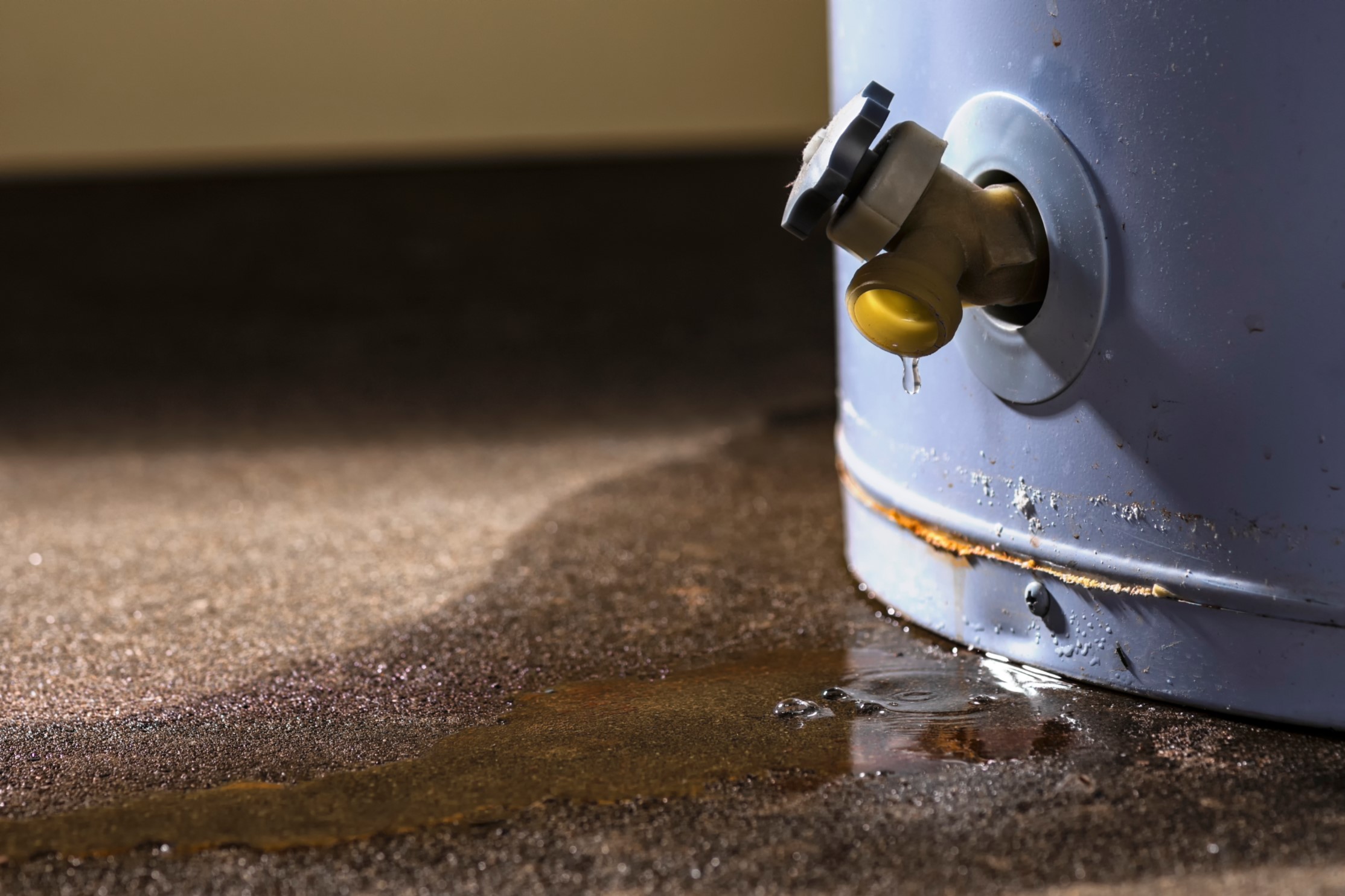How do you feel in relation to Water Heater Maintenance Tips You Can't Afford to Forget?

Hot water is crucial for everyday comfort, whether it's for a refreshing shower or cleaning recipes. To guarantee your warm water system runs successfully and lasts much longer, routine upkeep is key. This write-up offers functional tips and insights on just how to maintain your home's warm water system to stay clear of interruptions and pricey repair work.
Introduction
Maintaining your home's hot water system may seem complicated, but with a few basic actions, you can ensure it runs smoothly for many years ahead. This overview covers whatever from recognizing your hot water system to do it yourself upkeep suggestions and knowing when to call in specialist help.
Significance of Preserving Your Hot Water System
Regular maintenance not only prolongs the life expectancy of your hot water system yet also ensures it runs effectively. Overlooking maintenance can result in reduced effectiveness, greater power costs, and also premature failure of the system.
Indicators Your Hot Water System Requirements Upkeep
Understanding when your hot water system requires focus can avoid major concerns. Watch out for signs such as irregular water temperature, unusual noises from the heater, or rusty water.
Flushing the Water Heater
Flushing your water heater eliminates sediment buildup, improving effectiveness and prolonging its life.
Monitoring and Replacing Anode Rods
Anode poles stop rust inside the tank. Inspecting and replacing them when worn is important.
Complex Problems Requiring Expert Assistance
Instances include major leaks, electric problems, or if your water heater is consistently underperforming.
Regular Professional Maintenance Perks
Specialist upkeep can consist of extensive evaluations, tune-ups, and making sure compliance with safety requirements.
Evaluating and Changing Temperature Level Settings
Adjusting the temperature level setups makes sure ideal performance and safety and security.
Do It Yourself Tips for Maintenance
You can perform a number of maintenance tasks yourself to maintain your warm water system in top condition.
Checking for Leaks
On a regular basis check pipes and links for leaks, as these can bring about water damage and higher expenses.
Understanding Your Warm Water System
Before diving right into upkeep jobs, it's practical to comprehend the basic parts of your warm water system. Generally, this consists of the hot water heater itself, pipelines, anode poles, and temperature controls.
Monthly Upkeep Tasks
Normal regular monthly checks can aid capture minor issues prior to they escalate.
Checking Stress Relief Valves
Examining the pressure safety valve ensures it works correctly and prevents extreme stress accumulation.
Shielding Pipes
Protecting hot water pipes reduces heat loss and can conserve energy.
When to Call a Professional
While do it yourself maintenance is useful, some issues call for expert competence.
Conclusion
Routine maintenance of your home's hot water system is important for performance, longevity, and expense financial savings. By complying with these pointers and knowing when to seek specialist help, you can guarantee a reliable supply of warm water without unanticipated disruptions.
How to Maintain an Instant Hot Water Heater
Before tinkering with your hot water heater, make sure that it’s not powered on. You also have to turn off the main circuit breaker and shut off the main gas line to prevent accidents. Also turn off the water valves connected to your unit to prevent water from flowing into and out of the appliance. 2. When you’re done, you have to detach the purge valves’ caps. These look like the letter “T†and are situated on either side of the water valves. Doing so will release any pressure that has accumulated inside the valves while at the same time avoid hot water from shooting out and burning your skin. 3. When the purge valves’ caps are removed, you have to connect your hosing lines to the valves. Your unit should have come with three hoses but if it didn’t, you can purchase these things from any hardware or home repair shops. You can also get them from retail stores that sell water heating systems. Read the user’s manual and follow it to complete this task properly. When the hosing lines are connected, open the purge port’s valves. 4. You should never use harsh chemical cleaners or solutions when cleaning your unit. Make use of white vinegar instead. It should be undiluted and you’ll probably use about 2 gallons. 5. Now flush your water heater. This task should probably take about 40 minutes. We can’t give you specific directions for this because the procedure is carried out depending on the type, model and brand of your heater. With that being said, refer to the user’s manual. 6. When you’re done draining the unit, you have to turn off the purge port valves again. Remove the hosing lines that you earlier installed on each of the water valves. Put the valve caps (purge port) back in their respective places and be very careful so as not to damage the rubber discs that are found inside these caps. 7. Now that everything’s back in place, check your user’s manual again to find out how to reactivate your water heating system. 8. Once it is working, turn one of your hot water faucets on just to let air pass through the heater’s water supply pipes. Leave the tap on until water flows smoothly out of it. https://www.orrplumbing.com/blog/2014/september/how-to-maintain-an-instant-hot-water-heater/

As a passionate reader about What Kind of Maintenance Do Water Heaters Need?, I was thinking sharing that article was necessary. Sharing is caring. Helping people is fun. We recognize the value of your readership.
Top Article